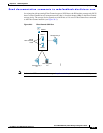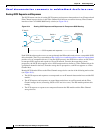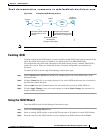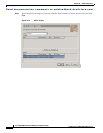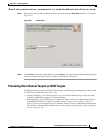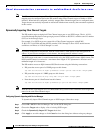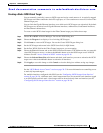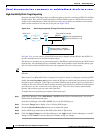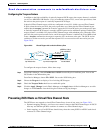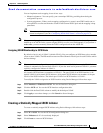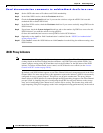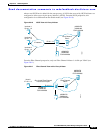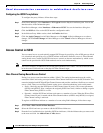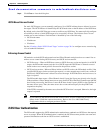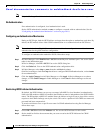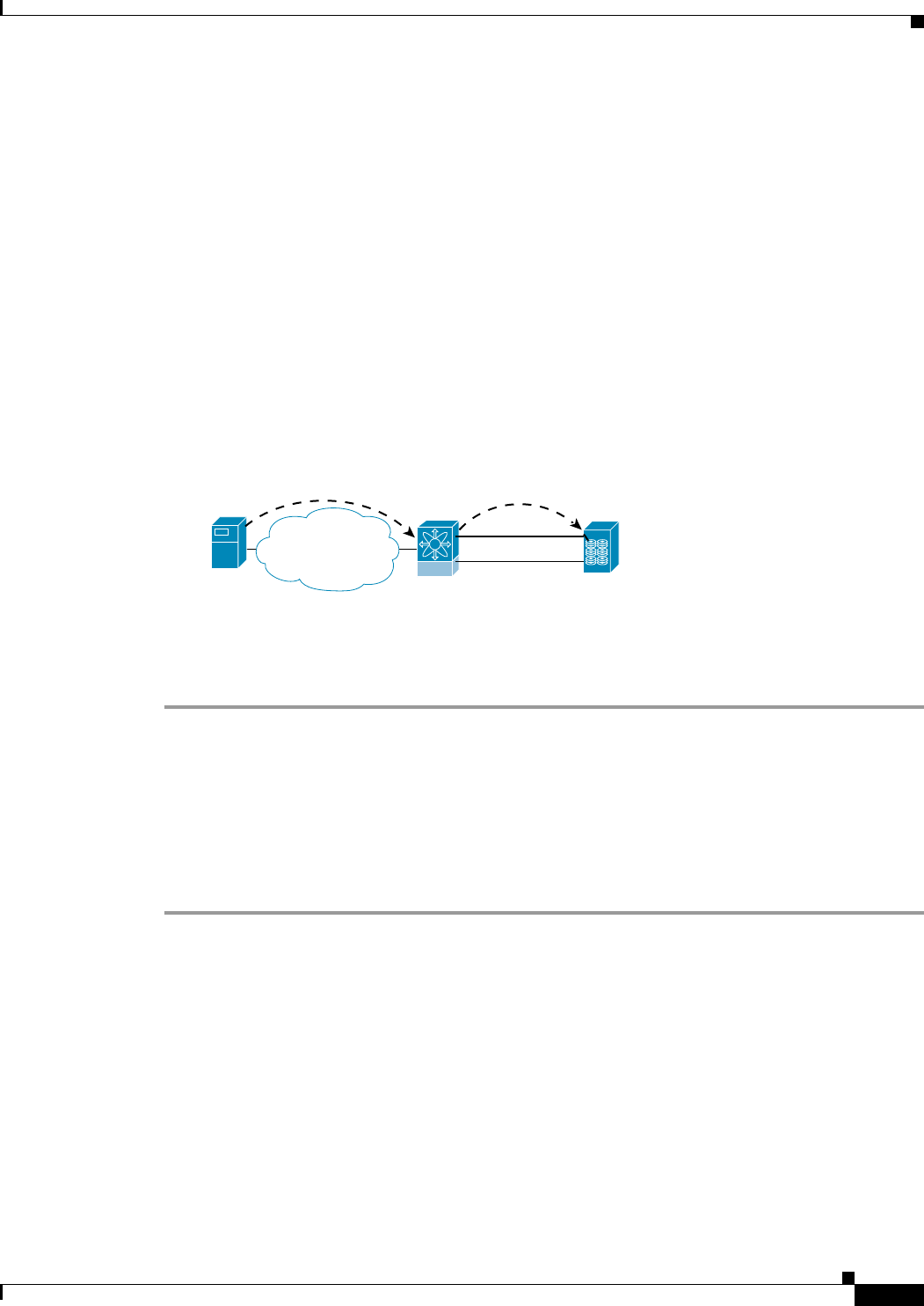
Send documentation comments to mdsfeedback-doc@cisco.com.
20-11
Cisco MDS 9000 Family Fabric Manager Configuration Guide
OL-6965-03, Cisco MDS SAN-OS Release 2.x
Chapter 20 iSCSI Configuration
Configuring iSCSI
Configuring the Trespass Feature
In addition to the high availability of statically imported iSCSI targets, the trespass feature is available
(as of Cisco MDS SAN-OS Release 1.3(x)) to enable the export of LUs, on an active port failure, from
the active to the passive port of a statically imported iSCSI target.
In physical Fibre Channel targets, which are configured to have LUs visible over two Fibre Channel
N-ports, when the active port fails, the passive port takes over. Some physical Fibre Channel targets
require that the trespass command be issued to export the LUs from the active port to the passive port.
A statically imported iSCSI target's secondary pWWN option and an additional option of enabling the
trespass feature is available for a physical Fibre Channel target with redundant ports. When the active
port fails, the passive port becomes active, and if the trespass feature is enabled, the Cisco MDS switch
issues a trespass command to the target to export the LUs on the new active port. The iSCSI session
switches to use the new active port and the exported LUs are accessed over the new active port (see
Figure 20-9).
Figure 20-9 Virtual Target with an Active Primary Port
To configure the trespass feature, follow these steps:
Step 1 From Fabric Manager, choose End Devices > iSCSI from the Physical Attributes pane. You see the
iSCSI tables in the Information pane.
From Device Manager, choose IP > iSCSI. You see the iSCSI dialog box.
Step 2 Choose the Targets tab to display a list of existing iSCSI targets.
Step 3 Check the Trespass Mode check box to enable this option.
Step 4 Click the Apply Changes icon in Fabric Manager or the Apply button in Device Manager to save this
change or click Cancel to close the dialog box without saving any changes.
Presenting iSCSI Hosts as Virtual Fibre Channel Hosts
The iSCSI hosts are mapped to virtual Fibre Channel hosts in one of two ways (see Figure 20-3):
• Dynamic mapping (default)—use if no access control is done on the Fibre Channel target. An iSCSI
host may use different pWWNs each time it connects to a Fibre Channel target.
• Static mapping—use if an iSCSI host should always have the same pWWN or nWWN each time it
connects to a Fibre Channel target.
iSCSIiSCSI
FCFC
IP Addr 10.1.1.1
iqn.initiator.abc
IP Addr 10.1.1.2
iqn.virtual-target.abc
pWWN a1:97:ac
fcid 0610003
pWWN a1:94:cc
fcid 0x550002
IP network
Primary
Secondary
105219



